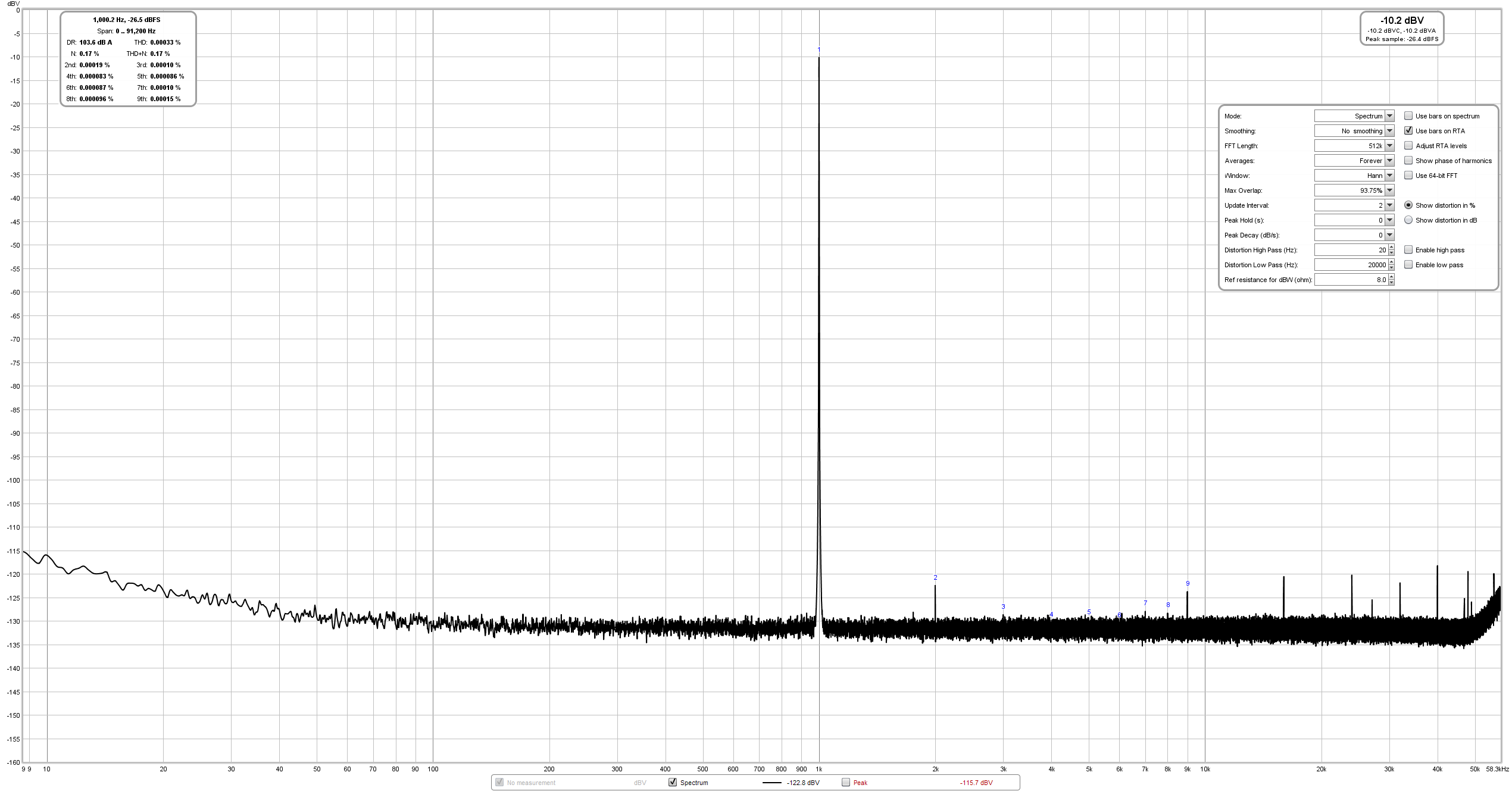kalo86
500+ Head-Fier
I think that Samsung can promise also the pure gold within their production smartphones, but please keep in mind that some hardware is intended and specially designed for a determined goal.
Samsung smartphones are making calls and pictures with one of the best Amoled displays in the market.
DAP are intended for other reasons.
Every car has 4 wheels, as well as the racing cars.
But the racing car must not be compared to the city car only basing on the number of wheels.
Samsung smartphones are making calls and pictures with one of the best Amoled displays in the market.
DAP are intended for other reasons.
Every car has 4 wheels, as well as the racing cars.
But the racing car must not be compared to the city car only basing on the number of wheels.
























